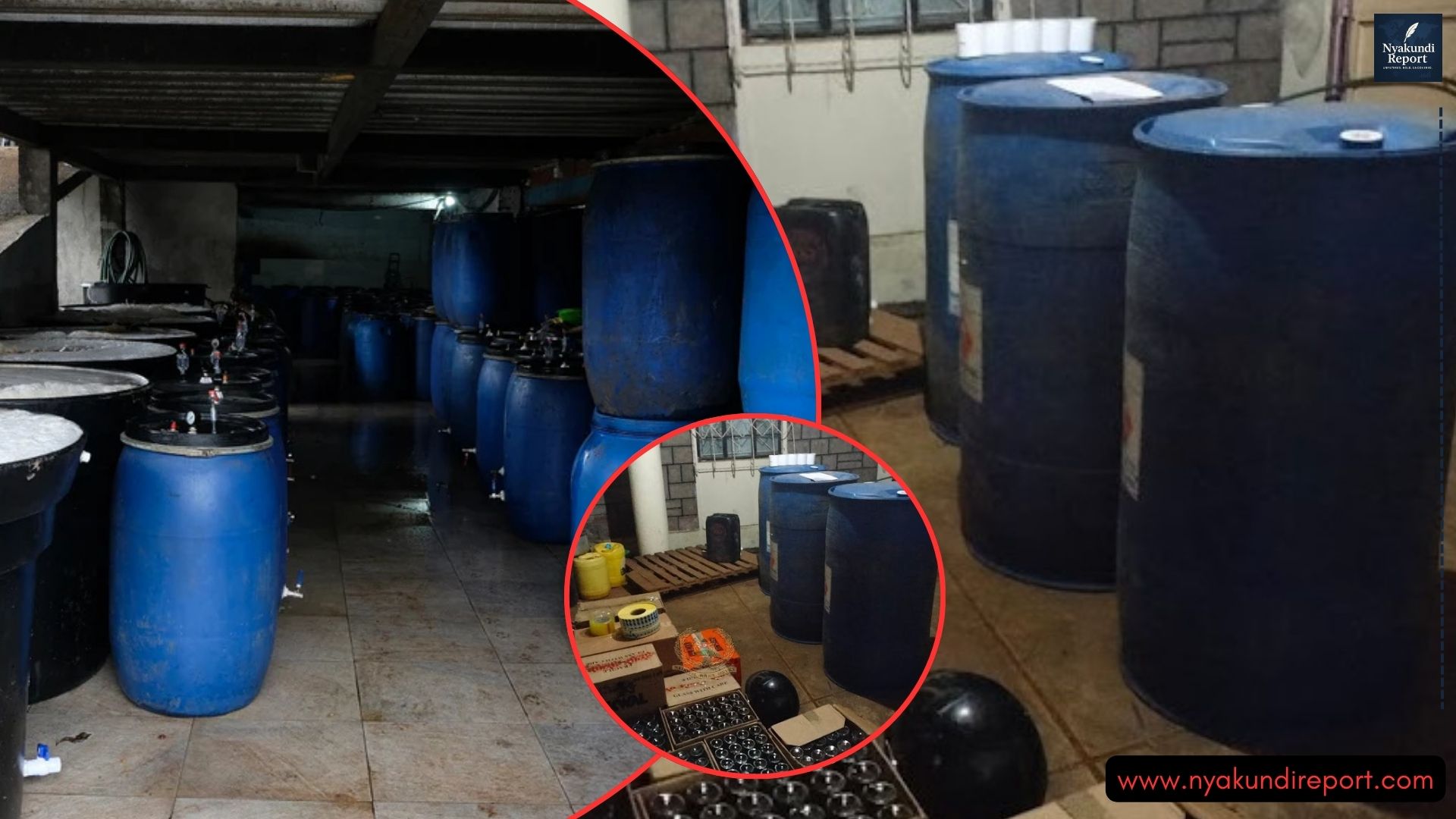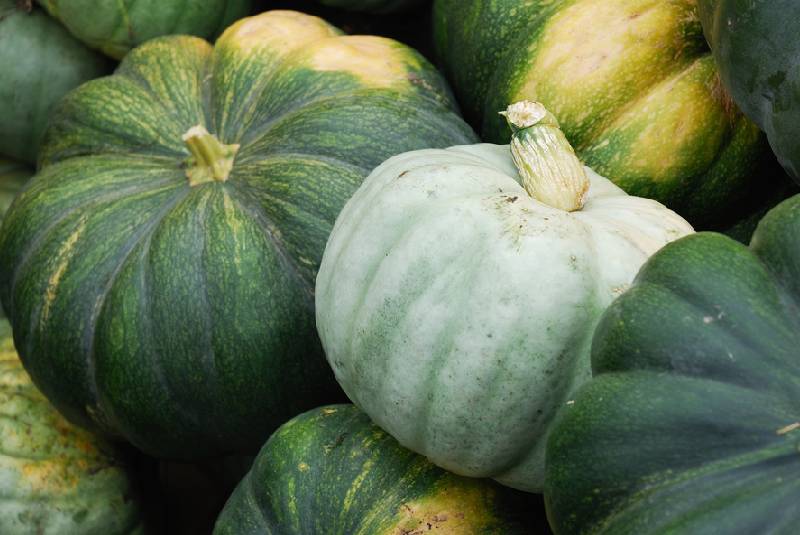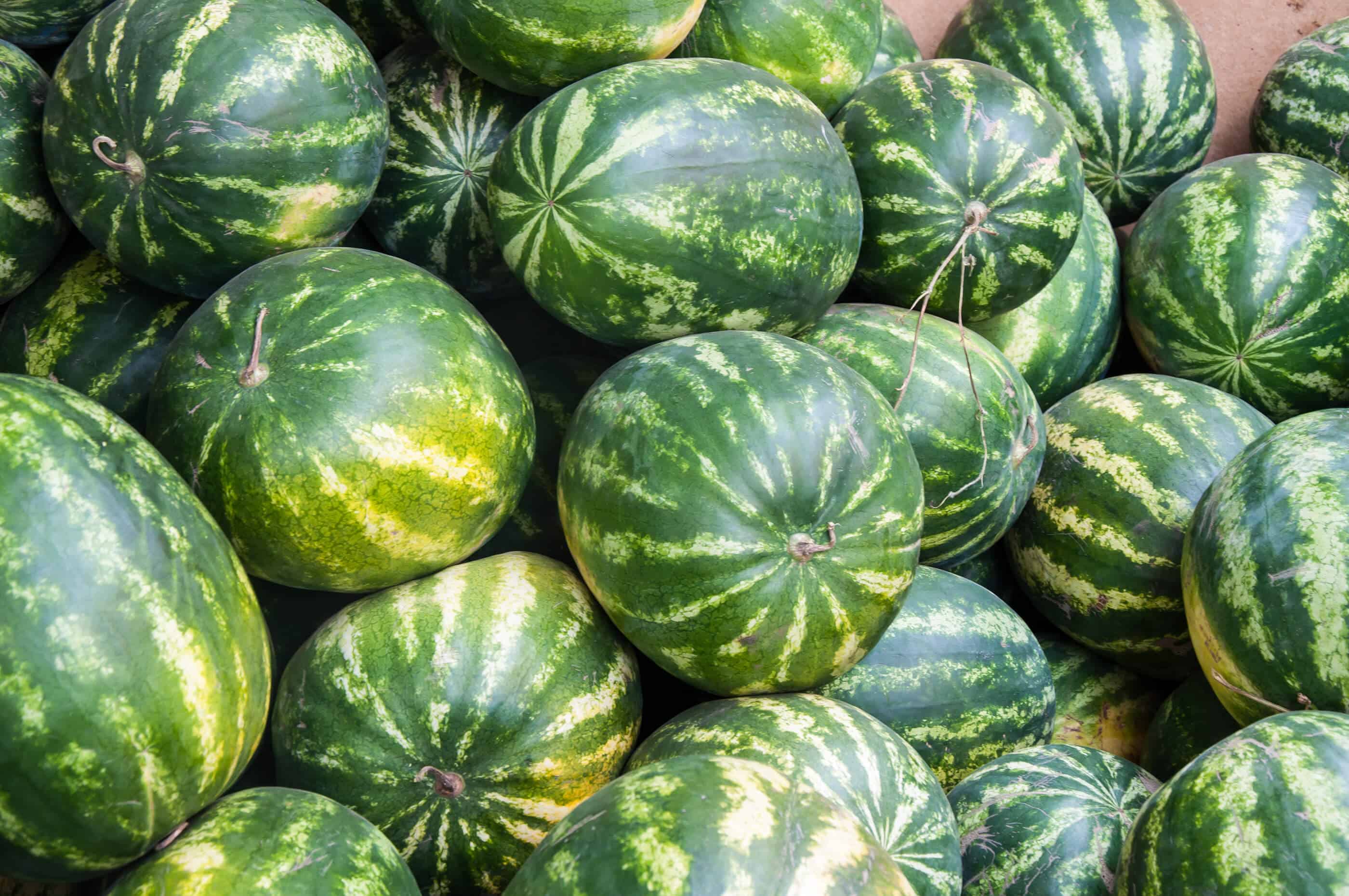Sweet melon farming in Kenya is a hidden gem in the agricultural sector. Though not common among most farmers, the demand for this sweet, juicy fruit is growing steadily, especially in urban areas.
Sweet melon belongs to the cucurbit family, just like cucumbers and pumpkins. It thrives well in Kenya’s warm climate and has high market potential.
With the right steps, farmers can enjoy great yields and profits. If you’re looking to diversify your farm, sweet melon farming could be your next big move.

Steps to Successful Sweet Melon Farming In Kenya
Sweet melon farming in Kenya requires careful planning and attention to key steps to guarantee a good harvest. From choosing the right variety to post-harvest handling, every stage is essential.
Choose the Right Variety
The first step is selecting a suitable variety for your region. Common varieties grown in Kenya include:
- Safari F1 – Known for its high yield and good sweetness.
- Galia F1 – Popular due to its flavor and long shelf life.
- 6023 Rani – Well adapted to Kenya’s climate and quick to mature.
Choose a variety based on market demand and availability of seeds.
Understand Ecological Conditions
Sweet melon needs specific growing conditions to do well. These include:
- Soil—Well-drained sandy or loamy soils rich in organic matter.
- Sunlight—Requires plenty of sunlight for photosynthesis and fruit development.
- Temperature—Warm climates with high humidity are ideal for sweet melon.
Avoid waterlogged areas since too much moisture may cause root rot.
Prepare the Land Early
Land preparation is key for healthy plant growth. Follow these steps:
- Plough the land early enough before planting.
- Harrow to achieve a fine tilth for easier seed germination.
- Apply well-rotted organic manure to boost soil fertility and structure.
Good land preparation also helps eliminate weeds and pests early on.
Plant the Sweet Melon Seeds
You can plant sweet melon by direct seeding, which is the most effective method.
- Dig planting holes spaced 1 meter by 1 meter between rows.
- Add a small amount of DAP fertilizer in each hole to provide nutrients.
- Place one seed per hole and cover lightly with soil.
Germination takes about 7 days, though this may vary depending on the variety and weather.
Weed the Farm Regularly
Weeding is important during the early growth stages to avoid competition for nutrients and water.
- Weed manually or with a hoe to avoid disturbing the plant roots.
- Remove weeds early before they flower and spread seeds.
- Apply mulch if possible to reduce weed growth and retain soil moisture.
Proper weeding improves plant health and yield.
Irrigate and Manage the Crop
While sweet melon is drought-tolerant, regular watering helps achieve larger, juicier fruits.
- Use drip irrigation or watering cans during dry seasons.
- Avoid overhead irrigation which can lead to fungal diseases.
- Scout regularly for pests like aphids and diseases such as powdery mildew.
- Use appropriate pesticides and fungicides when needed, following safe use instructions.
Crop management ensures a healthy harvest.
Know When to Harvest
Sweet melons are ready for harvesting in about 2 to 3 months, depending on the variety.
- Check for color change from green to yellow.
- Look for cracks near the stem which signal full maturity.
- Use a sharp knife to cut the fruit at the stem base without damaging the plant.
Harvesting on time avoids over-ripening and loss of quality.
Explore Market Opportunities
Though there’s no structured market for sweet melons in Kenya, demand is growing.
- Nairobi offers the best prices due to high consumption among urban dwellers and Asian communities.
- One kilo sells for about Ksh 100, making it a profitable venture.
- Approach local grocery stores, supermarkets, and fruit vendors.
- Consider selling directly to consumers through online platforms and local markets.
With good marketing, sweet melon farming can bring high returns.
Sweet melon farming in Kenya is an untapped opportunity with great potential. With proper planning, quality seeds, and good management practices, farmers can benefit from this high-value crop.









































